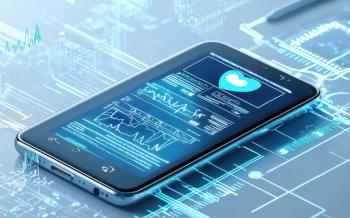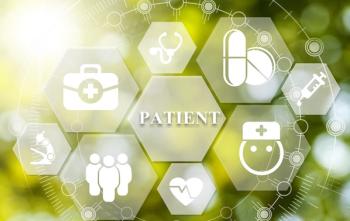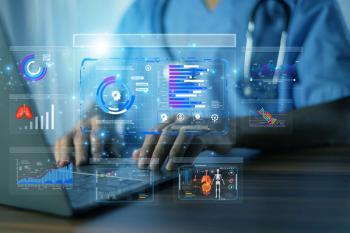
Advancing Clinical Research Through Device Integration
Nowhere has the advance of technology left its footprint more visibly than in the field of healthcare and clinical research.
Nowhere has the advance of technology left its footprint more visibly than in the field of healthcare and clinical research. The very future of the industry relies on ever-more intelligent solutions to increase the cost-effectiveness of clinical trials through ensuring on-time and highly accurate recording of patient outcomes.
There is a clear market trend to design solutions fully compatible with a multitude of home monitoring devices which are capable of being integrated into eDiaries, via Bluetooth® or Near Field Communication. The growing use of ePRO data collection, combined with Bluetooth® technology being built into many devices, is fast enabling the integration of medical device readings into regular ePRO collection by patients, both in clinical trials and in healthcare settings. With the wearables market predicted to be $12B by 2018, of which 60% will be health tracking1, device integration now goes far beyond just medical devices and is fast evolving to utilize and integrate consumer technology, ranging from activity trackers (e.g. the Fitbit, or the Microsoft Band), to weighing scales and thermometers as tools to collect secondary outcomes data. While Class I or above medical devices are recommended for primary endpoints, especially in Phase IIIa studies, a broad range of medical and consumer technologies are finding application in secondary endpoints across all phases due to the valuable insight they provide into physiological data and patient well-being.
Device integration has multiple benefits. This includes time and cost saving in large projects as well as ease of use for patients where real-time data review reduces the need for a visit to their HCPs or clinical sites. In addition, device integration resolves the problem of patients reporting incorrect information on their well-being, which can often be an issue in real world evidence collection. Healthcare providers and sponsors can now have access to real time result reporting whilst patients are able to complete assessments using devices that are an integrated part of their lifestyle, via a simple interface.
Device integration brings with it regulatory challenges so it is essential to define the use of the endpoint data and understand the regions in which it will be used. Regulatory authorities recognize different classes of medical devices based on their design complexity, their characteristics when in use, and their potential for harm to the patient if misused. For example, in the EU blood pressure monitors are considered to be Class I devices, whereas devices such as Vitalograph spirometers and blood glucose monitors would fall under Class II category. It is important to note the use of devices for the collection of primary endpoints in Phase IIIa studies requires the devices themselves to be fully validated and checked, and it must be ensured that they guarantee acceptable measuring tolerances which can be reproduced. In the EU, this means that as a minimum the device must be registered as a Class I measuring device and in the US, for a device to meet regulatory guidelines, it must have 510(K) registration awarded by the FDA.
Device integration has proved its worth as a user-friendly asset for improving the accuracy, reliability and quality of patient data and reported outcomes. Allied to this is clear market trend to design solutions fully compatible with a multitude of wearable and home monitoring devices, which will report highly accurate recordings of outcomes. As a consequence, demand for device integration will be rising fast. I firmly believe that by the end of 2015 device integration will have gone some way to revolutionizing not the way data is reported, but health outcomes themselves. Watch this space.
1. Kvedar, J. C., (2014), “Will 2015 be mHealth’s Coming Out Party?”, The cHealth Blog
Newsletter
Stay current in clinical research with Applied Clinical Trials, providing expert insights, regulatory updates, and practical strategies for successful clinical trial design and execution.




